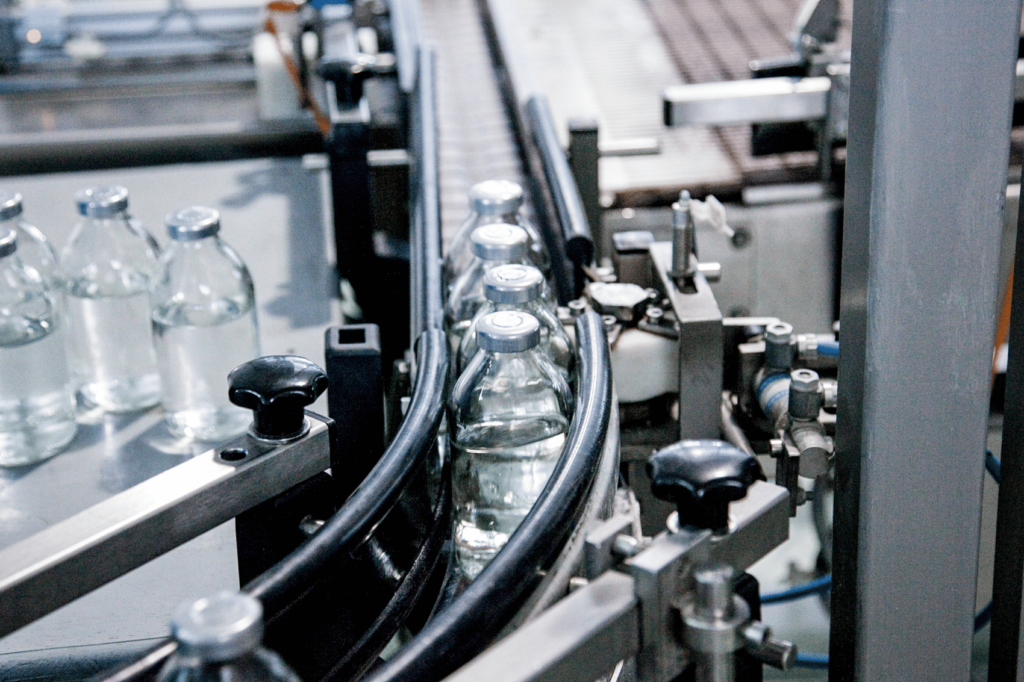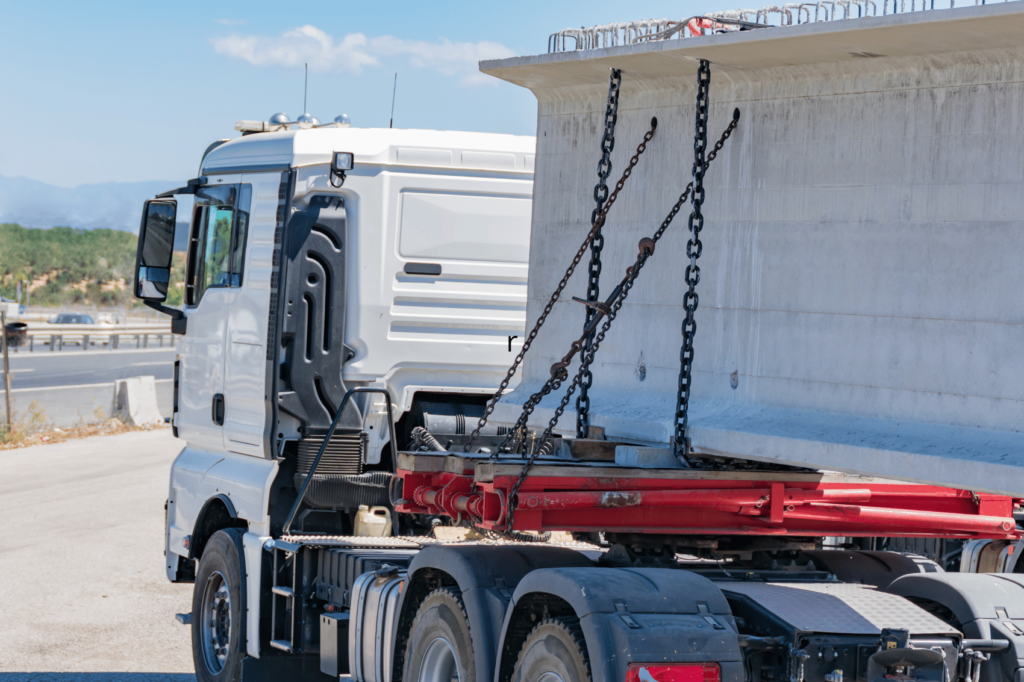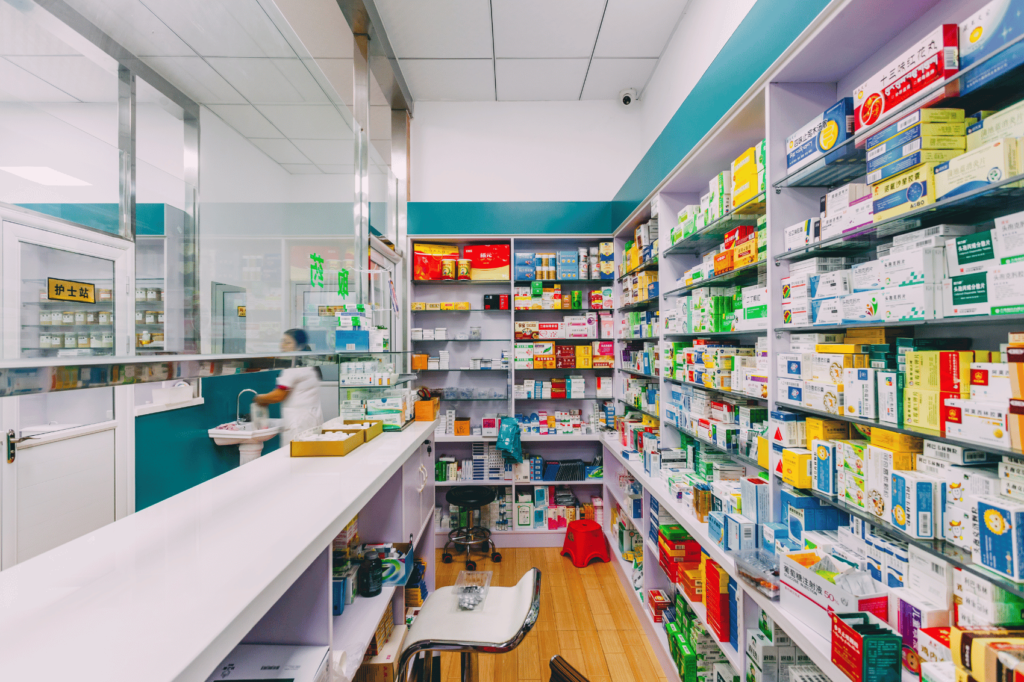Temperature-controlled transportation - a comprehensive guide
Temperature-controlled transportation is a key component of modern logistics, especially when transporting temperature-sensitive goods. Specialized transport companies must meet stringent requirements to ensure the safe transportation of temperature-controlled products.
What is temperature-controlled transportation?
Temperature-controlled transportation is a specialized logistics service for transporting goods that require maintaining a certain temperature throughout the transportation process. This is crucial to maintaining the quality and safety of the products being transported, especially in the case of foodstuffs and pharmaceuticals.
Application of temperature-controlled transportation
Temperature-controlled transportation is widely used In various industries:
- Food industry:
- Transportation of fresh fruits and vegetables
- Carriage of meat and meat products
- Transportation of dairy and dairy products
- Transportation of frozen food and ice cream
- Transportation of finished products
- Pharmaceutical industry:
- Transportation of medicines
- Transportation of vaccines
- Transportation of medical supplies
- Transportation of laboratory samples
- Transportation of biological materials
- Other sectors:
- Transport of cosmetics
- Transportation of temperature-sensitive chemicals
- Transportation of precision electronics
- Transportation of photographic materials
- Transportation of specialized industrial materials
Technical requirements in refrigerated transport
Specialized fleet of vehicles
Modern temperature-controlled transportation requires properly equipped vehicles:
- Refrigeration systems:
- Efficient chillers
- Precision temperature controllers
- Heating systems (for specific products)
- Thermal insulation of the highest quality
- Redundant power systems
- Monitoring equipment:
- Temperature sensors
- Data loggers
- GPS systems
- Moisture sensors
- Alarms for exceeding limit values
Containers and cargo spaces
Specialized refrigerated containers must meet certain standards:
- Design:
- Multilayer insulation
- Tight seals
- Reinforced floor
- Condensation drainage system
- Can be washed and disinfected
- Accessories:
- Thermal barriers
- Cargo securing systems
- Shelves and racks
- Impact shields
- Ventilation systems
Temperature control and monitoring
Temperature control systems
Professional transportation requires advanced monitoring systems:
- Continuous monitoring:
- Real-time temperature recording
- Automatic notifications of deviations
- Remote control of parameters
- Data archiving
- Report generation
- Control Procedures:
- Regular checking of equipment
- Sensor calibration
- Pre-loading inspections
- Monitoring during transport
- Verification at unloading
Challenges and solutions
Major challenges in refrigerated transport
- Technical:
- Maintaining a stable temperature
- Equipment failure rate
- Energy consumption
- Operating costs
- Availability of spare parts
- Logistics:
- Route optimization
- Transport time management
- Coordination of loading and unloading
- Emergency procedures
- Service availability

Solutions and innovations
- Technology:
- IoT systems in monitoring
- Artificial intelligence in temperature management
- Eco-friendly cooling systems
- Optimization of energy consumption
- Process automation
- Organizational:
- Staff training
- Certifications and standards
- Security procedures
- Quality management systems
- Cooperation with logistics partners
Legal and regulatory aspects
Legal requirements
Temperature-controlled transportation must meet a number of requirements:
- International regulations:
- ATP standards
- EU regulations
- GMP standards
- Quality certificates
- Sanitation requirements
- Documentation:
- Temperature control cards
- Calibration certificates
- Sanitation protocols
- Shipping documents
- Monitoring reports
Summary
Temperature-controlled transportation is a demanding specialty in the logistics industry that requires:
- Specialized equipment
- Qualified staff
- Strict procedures
- Continuous monitoring
- Continuous technological development
Proper temperature management during transportation is key:
- Maintain product quality
- Safety of transported goods
- Meet legal requirements
- Customer satisfaction
- Economic efficiency
Article updated: January 2025
Q: What is the transportation of goods under controlled temperature?
A: Transportation of goods Temperature-controlled transportation is a special type of transportation in which a constant, specified temperature is maintained in the cargo space. This is crucial for maintaining the quality and safety of temperature-sensitive products such as foodstuffs and pharmaceuticals.
Q: What commodities require temperature-controlled transportation?
A: Temperature-controlled transportation requires, among other things, food products (e.g., frozen foods, dairy products, fresh fruits and vegetables), pharmaceutical products (drugs, vaccines), certain chemicals, cut flowers and other temperature-sensitive goods.
Q: How do you ensure the safe transport of goods that require controlled temperature?
A: To ensure safe transport, you should: use specialized vehicles (e.g., refrigerated trucks), monitor the temperature of the goods at each stage of transport, plan the route with checkpoints in mind, train staff in the use of refrigeration equipment, and comply with regulations on the transportation of goods at controlled temperatures.
Q: What are the challenges in international transportation of temperature-controlled goods?
A: The main challenges are: maintaining a constant temperature during long hauls, border crossings and customs inspections that can affect transit times, differences in regulations between countries, and the need for adequate equipment and personnel in different locations.
Q: How is the temperature monitored when transporting sensitive products?
A: Temperature monitoring is done through the use of special temperature sensors and loggers, which are placed in the cargo area. The data is often transmitted in real time to the monitoring system, allowing a quick response in case of deviations from the required temperature.
Q: What are the consequences of improper transportation of temperature-controlled goods?
A: The consequences can be severe, including: loss of product quality or suitability, risks to consumer health (especially for pharmaceuticals and food products), financial losses, regulatory violations and potential penalties, and loss of reputation Companies transportation.
Q: What are the specific requirements for transporting pharmaceutical products at controlled temperatures?
A: Transportation of pharmaceutical products requires special attention. It is necessary to strictly adhere to specific temperature ranges, document the entire transportation process, use validated thermal packaging, and follow the principles of Good Distribution Practice (GDP) in pharmaceutical logistics.
Q: How do I prepare a shipment for temperature-controlled transport?
A: Preparation of the shipment includes: selection of appropriate insulating packaging, use of cooling pads or dry ice (depending on the required temperature), proper labeling of the package as requiring controlled temperature, and preparation of accurate documentation, including instructions on the required temperature and handling.









